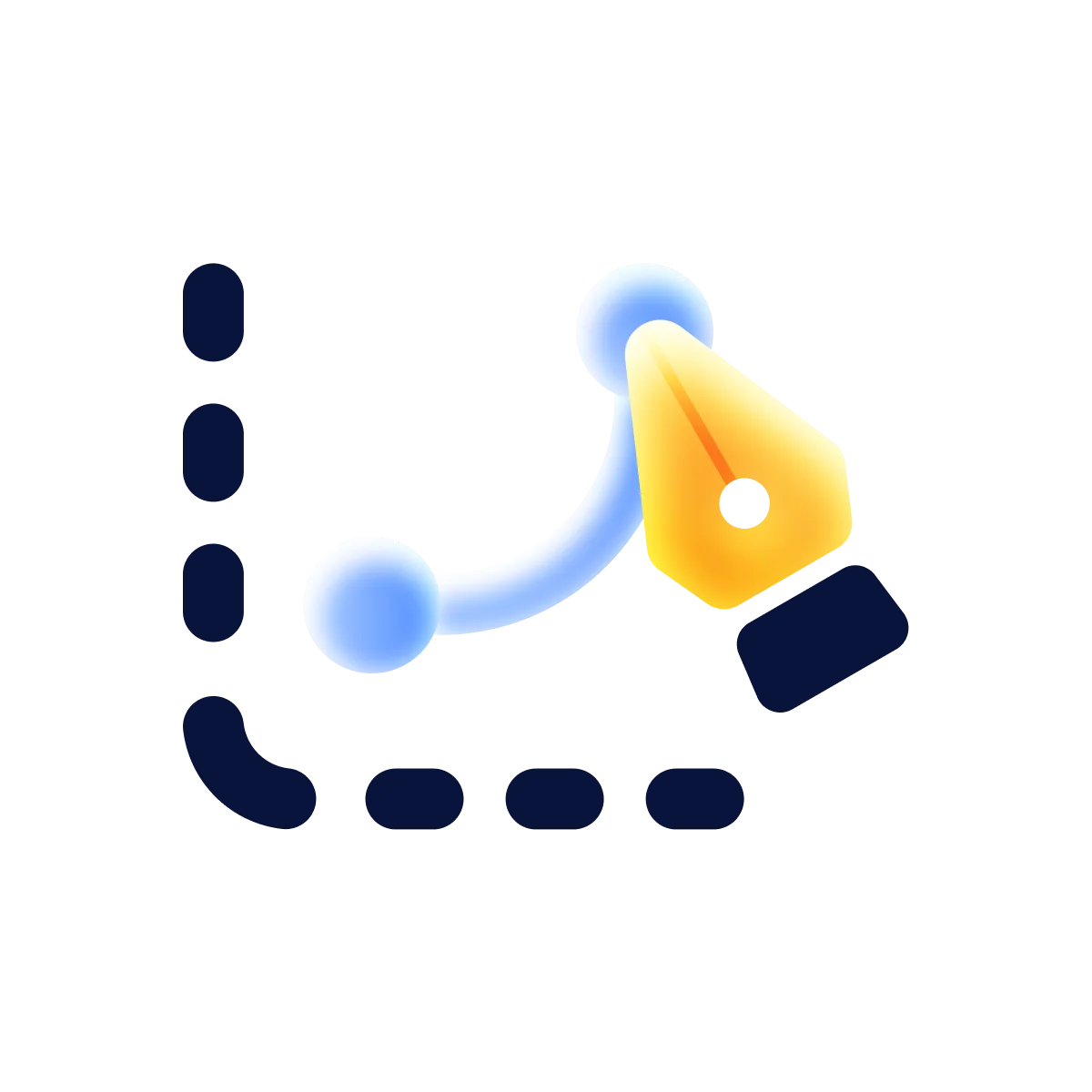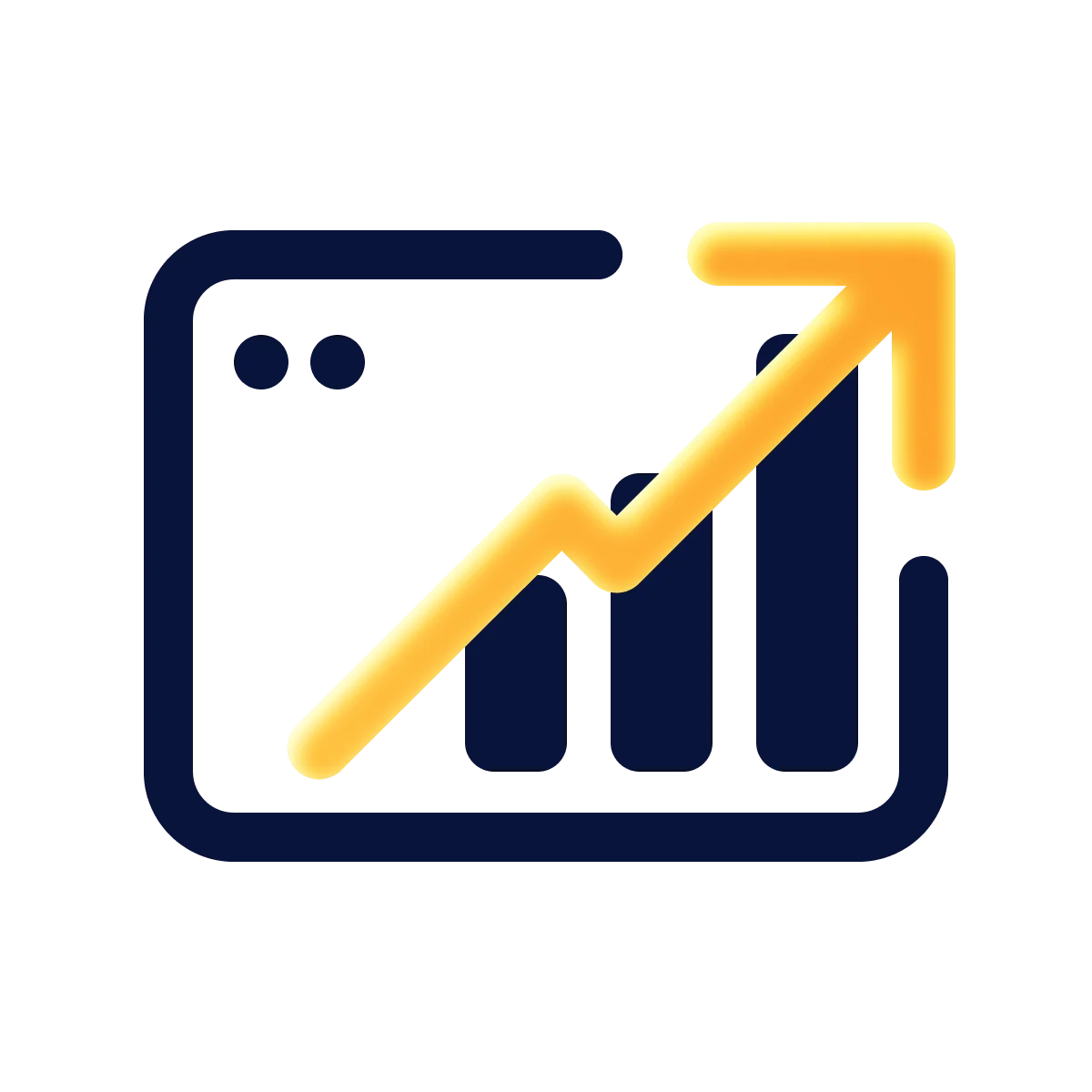When interacting with a digital product, the line between UX and UI is so tentative that questions arise. What specifically affects the product's appearance? Why is an almost identical layout perceived so differently? What does UX design do, and when does UI come into play? Our team has prepared an extensive overview of the features of these two terms of design. Let's sort it out together!
What is UI?
We are pretty sure that you already know that UI-design stands for User Interface. It is a particular visualization process which allows you to implement a certain design decision in the digital product. The proper design solution at this stage leads to the site's conversion, and therefore it directly affects the level of sales. Is it important? Definitely!

Let's imagine the case. You want to buy a service: flowers delivery or anything else. The service has no physical form, so the user can not be guided by its appearance, such as the phone's functionality. A successful sale of the service depends directly on the way how the information is presented on the website. The more competent and correct everything is provided, the higher the probability of purchase. This is how UI works, helping your product stand out among hundreds of similar ones.
So what does UI stand for?
Creating the visual product design
Whether smooth gradients or accent elements, the responsibility for the efficacy of such solutions belongs to the UI area, and the product must be intuitive and visually appealing. Still, it has to work side-by-side with the UX. Agree that no matter how good the user flow and the product interaction scenarios are, you most likely won't use the website consisting of the same basic components or plain text with too many characters. Sounds horrible, doesn't it?
Attracting visitors
Whether it's a blog, a financial company, or an online store, the user is more likely to choose by visuals. Mainly if the product is complex, it needs to be simplified as much as possible on the design side to make it more accessible for the user to understand. If the visitor directly finds what he came for — he is satisfied.
Emotional design
Such a design provokes the user to the right emotion. The message may be different for different products: the suitable emotion is the one that makes the solution memorable. This positive reaction often leads to people using the product and sharing information about it. Emotions are a part of the story that the designer conveys through content and graphics.
This is how a good UI works: bringing people together and building long-lasting relationships.

What does a UI designer do?
The main task of a UI designer is to make the user's interaction with the site harmonious and effective. Designing the user interface is built on creating a clear vision so that the visitor immediately understands how to use the product. Still, the UI designer has a lot of other tasks to deliver an eye-candy solution. Let's check them out.
The primary responsibilities of a UI designer are the following:
- designing the pages and screens with which the user interacts;
- creating buttons, sliders, blocks, switches, and other elements;
- maintaining consistency of graphic elements with the corporate identity;
- work with the style guide;
- product grooming.
The UI designer is usually responsible for creating a complete design manual which provides a clear design solution for each product pixel.
Among the soft skills a UI designer must develop:
- eyesight,
- attention to detail,
- communication skills,
- flexibility,
- creative taste.
It's important to note that a product with an unsophisticated flow and a cool UI is not a good solution. So let's move on to UX and see how to create a quality user experience properly.

What is UX?
If everything is more or less clear with UI, where does the UX zone of responsibility begin?
No time to explain, just imagine a door. Yes, an ordinary front door. You've never wondered why the handle on that door isn't at the bottom, have you? This is the most obvious example of good UX, and it's so evident that you don't even think it could be any other way.
UX is about the interaction between the user and the product, the art of making a product so that from the first minute, it's as if it's already familiar to the user and easy to use. UX is how people feel when they use something. First, there is the user, and then there is the interaction. So you need to study the user, their motivations, and emotions before you start developing a product.
Among the main tasks of UX are the following:
Interaction research
At this stage, designers thoroughly study competitors' products, determine users' needs and problems, look at what is convenient and unsuitable, which block fits better, and what should be fixed. This stage allows you to think through the product, create and test prototypes, and reject solutions that don't work.
Working with structure
It is necessary to study how the visitors of the site or users of the application act. What links they open, how they are used to finding essential data, how quickly they find this or that information and what behavior they expect from a product or a website. These elements compile a basic abstract product structure based on customer preferences and habits.
Making life easier for the user
A good app or product UX results from teamwork and detailed analytics. Good UX design happens when we make decisions that understand and meet the needs of our users and our business.
With bad UX design, you do a big favor to your competitors and a nasty turn to yourself: practically driving users away from your site. Every element of your UX design should be as functional and easy to interact with as possible. Make your client happy, or contact us. We know how to do it ;-)

What does a UX designer do?
UX-designer builds structures and blocks of your product. The main tasks are the following:
- Studying the target audience, creating personas – the collective image of the user. The product is made for people, so the study of their needs is in the first place;
- Designing and building a reasoned strategy. UX designer must know the answer to the question of why it should be done this way, at every stage of design;
- Prototyping: the architecture of the site, the creation of wireframes, the formation of interaction scenarios, the visualization of ideas.

What are the main differences between UI and UX?
While UI and UX are intertwined and appear similar at first glance, they focus on and take care of entirely different domains of a product. So how do we tell them apart? Simply put, as UI focuses on the aesthetic components, UX takes care of how the interaction with a product feels to the user.
For that reason, one could say that UX is somewhat more on the technical side of things, requiring robust prototyping and a deep analysis of customers’ behavior. The goal here is to make the product convenient and efficient, after all. On the other hand, designing the UI requires more of a creative approach. The objective is to catch users’ attention and entice them to give all that incredible functionality a try.
Different as they may be, both the UI and UX are equally important parts of any successful digital product. The balance between functionality and aesthetic is critical. The last thing anyone would want is to use an attractive but infuriatingly inconvenient product. Or explore a functioning, informative and efficient website that looks like something straight from the 90s.

How can UI and UX work together?
UI design and UX design, the difference between them might be confusing, still it is much easier than it seems. Let us describe it. We have already figured out that the UX designer decides how the UI will work, and the UI designer decides what the UI will look like. The simplest definition to sum up the information is below.
How do they work together? Cohesive! Let's consider a popular case:
- The product was transferred to the development stage.
- It was initially an MVP.
- It was structured well.
The design team delivered the eye-candy design solution. Suppose that at some point in the development process, it was decided that we needed to add a feature ASAP, and now we urgently need to add more buttons to the screen. Naturally, this will affect the entire ecosystem of the product structure and may require changing their shape or size. The UX team will determine the best way to place the buttons, while the UI team will adapt their design to make everything fit the new layout. The work between UX and UI is primarily about constant communication and collaboration between the respective designers.
In the Halo Lab team, we work with multidisciplinary specialists only. When we create various digital solutions, the team always has a design lead who acts as the art director of the project and an experienced UX/UI designer. From experience, we have created a specific roadmap which can be modified depending on the project, but its basis stays the same. The main advantage of this process is that regardless of the direction and features of the design we work with, we definitely know that UX and UI are in harmony with each other.
This process and understanding of the project's goals ensure that the final UI looks the best possible while working efficiently and intuitively.
Conclusion
Any digital project is like a whole Universe where an entire team works to create each pixel and hone its pixel-perfectness. The internal work is much more than the duties between the teams and delineation of responsibility areas. In this article, we defined that the UX design team develops the application flow and determines how all the elements will navigate and satisfy the user according to his requests. The UI design team works on how all these interface elements look directly on the screen. Each button, each iteration, and each additional feature goes through several stages before its approval. In the end, the user sees the needed button at the right moment and hardly pays any attention to it, as it will be apparent to them. This is how it works.
in your mind?
Let’s communicate.





























